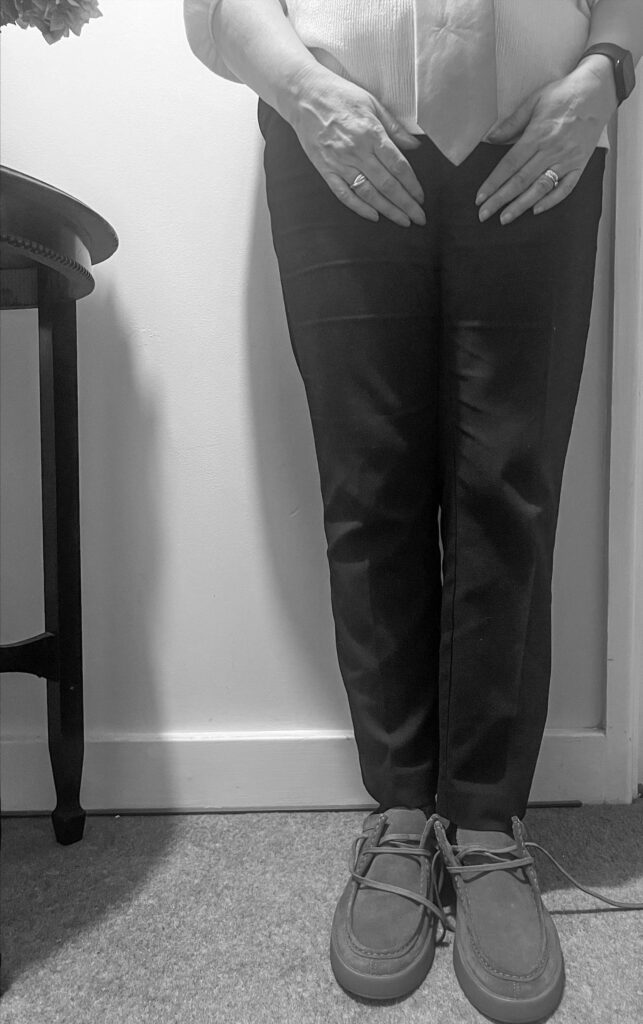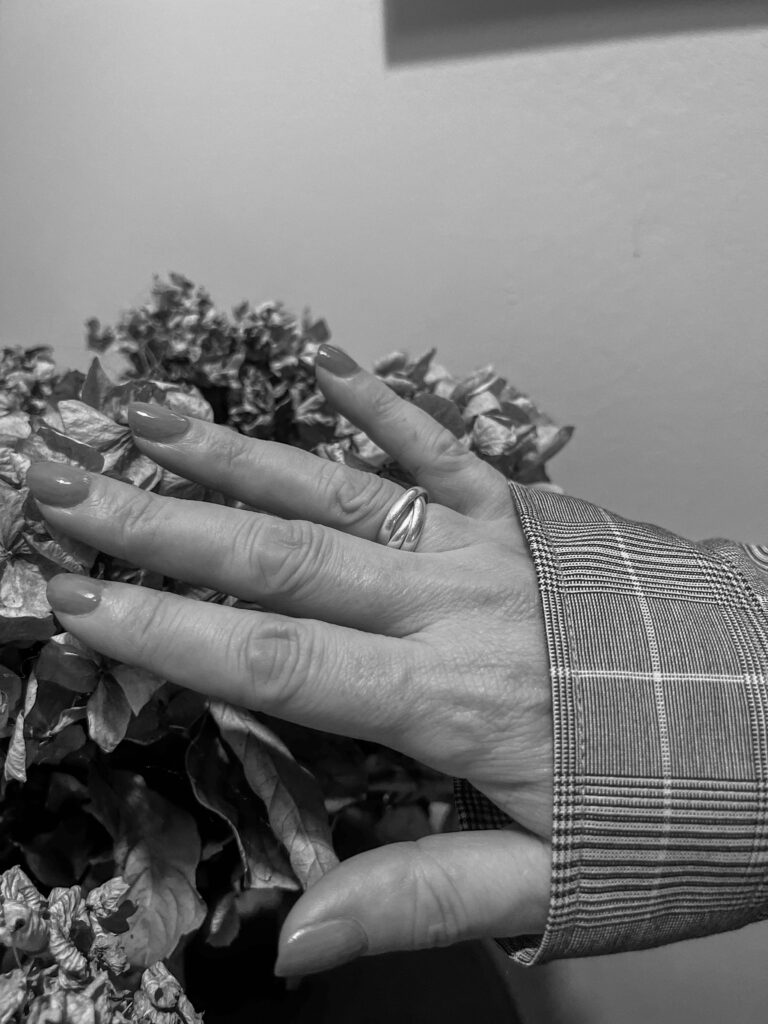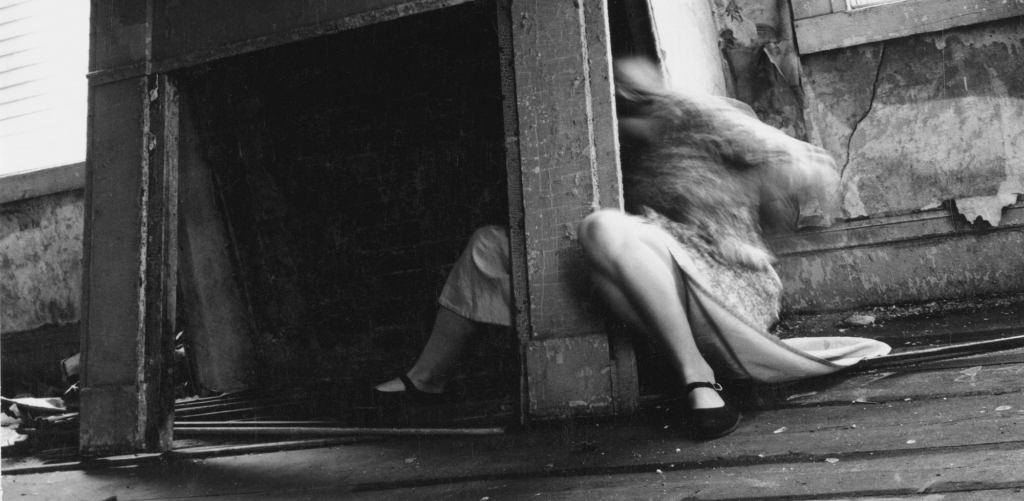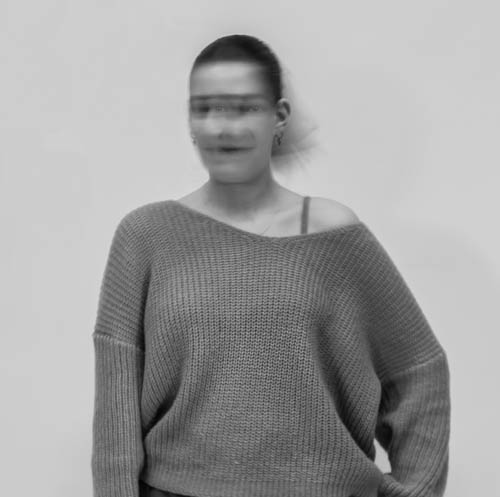The two artists that interested me especially in Masculinity & Femininity are Francesca Woodman and Shannon O’Donnell. I found them both extremely interesting people, however I think the reason why I like these artists is because their work is about the fluidity of identity and puts pressure on the stereotypes that are within masculinity and femininity. On the other hand, another artist I looked at was Cindy Sherman who explores these stereotypical roles and views of women which was something else I also wanted to represent.
Shannon O’Donnell

These were inspired by Shannon O’Donnell’s work – That’s Not The Way The River Flows. These are the images I wanted to use:



I put my images into black and white and got my subject into positions similar to O’Donnell’s. Similarly to her, I wanted to conceal the gender identity of my subject so I incorporated different parts of masculine and feminine stereotypical characteristics. For example, the first image is of a hand with an oversized plaid blazer yet the subject has long nails. In the second, my subject is dressed with large masculine shoes and a tie however they are also wearing jewellery with long nails. One hand has painted nails however the other is unpainted with a watch. In the last, I wanted to incorporate a more feminine aspect, so using the blazer to keep a slight sense of traditional masculinity, the subjects hand rests on a group of flowers with painted nails and a ring.
Comparisons and contrasts:
I think that these three images from my photoshoot shows a clear correlation to Shannon O’Donnell’s work because it joins the stereotypes of men and women onto one person which hides their gender identity. This shows how these masculine and feminine attributes can apply to anyone regardless of gender. As well as this, I feel that the images I produced look very similar to hers because they zoom in on certain areas of the body instead of an entire person.
In Shannon O’Donnell’s work she tends to use a plain one-toned background. In my first image I tried to replicate this however in the second one there is objects in the background such as a table, partially some flowers and the floor which adds more context for the viewer e.g. it is a home environment. Also, in the third image I have used some flowers coming up from the bottom left as I felt that this adds a more intricate design behind the image alongside a feminine touch.
Francesca Woodman:

I inspired a photoshoot by Francesca Woodman’s series of self-portraits. This was my favourite image:

For this image I used a slow shutter speed to recreate that effect on the head that Francesca Woodman used in her work so that it gives the viewer a sense of displacement. This applies well in gender identity as this can represent the struggles of growing up in a strongly gendered society. I put the image into black and white, not only from inspiration from both my artists but because I feel the light background causes the viewer to become drawn to the subject as she is dressed in darker clothes.
Comparisons and contrasts:
I think that this image shows a clear correlation with Woodman’s work because of my use of a slow shutter speed as that is what she does by turning away to the left.
In her work she tends to completely conceal the face from the camera with motion blur however, whilst I have captured this in my image, I have still managed to capture my subject’s eyes looking through. If I had turned down the shutter speed even more I would’ve gotten the same outcome, but I really like the way this gives a ghostly feel to the image, making it mysterious and unnerving. Although there is a plain background in my image, I feel that this hidden stare makes up for it as it adds that unnerving feel that Francesca Woodman’s backgrounds give.
Cindy Sherman:

My images:



Comparisons and contrasts:
Cindy Sherman in her work of ‘Untitled Film Stills’ acted in different personas of stereotypical women in the 1950s/1960s. However, in my work I have tried to represent the stereotypes of women in the modern day and the culture around it, especially with teenage girls instead of the traditional roles. In the 1950s and 1960s women were seen to be housewives however in the society we have now, the idea is that women are infatuated with how they look and become overly obsessed with this.
I am very happy with how my artist references turned out as I feel that they really inspired me.
